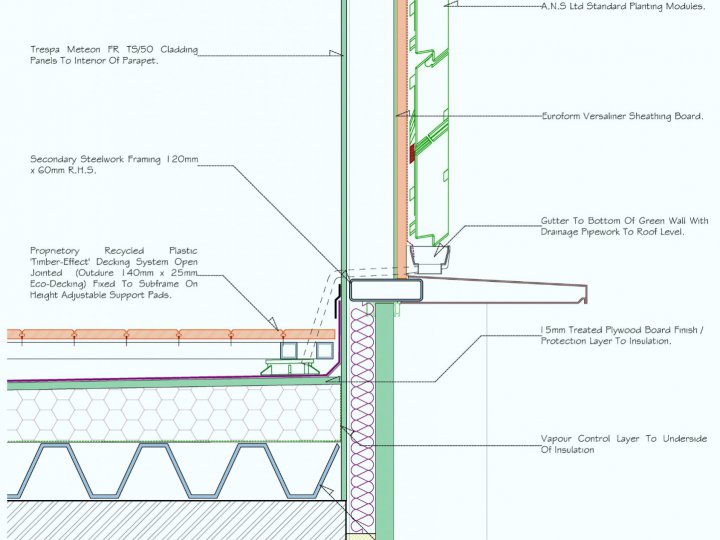
Radon (or Radon-222 to give its chemical designation) is a naturally occurring odourless, colourless but slightly radioactive gas which has a density around 7 times greater than air and over 100 times more than hydrogen.

Radon is created through the decay of very small amounts of background uranium present in various minerals in the ground but particularly granite, which then seeps to the surface.
In some circumstances, the further decay of Radon can also produce tiny amounts of bismuth, polonium or lead isotopes which can be breathed into the lungs. Radon gas liquifies at -62 oC (-79 oF) but only solidifies and freezes at -71oC (-96 oF). At even lower temperatures it will begin to glow yellow.
Almost every building will contain a very low background amount of Radon, the average concentration of indoor Radon in the UK is 20 Bq/m3 (becquerels per cubic metre).
Any area with over 200 Bq/m3 will likely require some building measures to counteract the higher than normal Radon levels.
Most buildings in the UK are outside known Radon affected areas but long-term exposure to significantly higher than normal levels of Radon can present a potentially serious health hazard.

What Are The Risks Of Over-Exposure To Radon?
The biggest danger that Radon presents is the increased risks of developing lung cancer, but it was not until the late 1980’s that Radon came to be identified as a potentially serious public health hazard.
Whilst most people are likely be completely unaware of it, Radon is the largest source of personal radiation exposure at work and at home. In the UK the NHS currently estimates that Radon is directly or indirectly responsible for approximately 1,000 deaths per year and is the second highest cause of lung cancers behind smoking.
In July 2023, a private boarding school in Bath was fined £50,000 in a legal case brought by The Health & Safety Executive (HSE) where several pupils and staff were exposed to very high levels of Radon gas. Leeds City Council are currently monitoring Radon levels in 10,000 homes across the city and ongoing post-construction radon testing has become a subject of academic interest in recent years.
Some parts of the country are more likely to have higher Radon levels than others, particularly areas with lots of granite in the ground such as Cornwall and Devon. As Radon has a much higher gaseous density than air it can diffuse through rocks, soils and concrete entering buildings through basements and floors and will accumulate in poorly ventilated properties.

How Can Buildings Minimise The Risks From Radon?
The best time to construct or install the most effective measures to reduce the potential levels of Radon seeping into buildings is during its initial construction but retroactive options are available, including installing a small air pump in the loft to aid in house ventilation and replacing or adding ventilation bricks.
If you are unsure or concerned about the level of Radon in your property, testing for Radon gas levels is a simple and inexpensive process but will take around 3-4 months to complete, but if you have a high level of Radon at your property remedial actions should be considered.
When conducting the due-diligence checks on any potential building sites, existing indicative Radon mapping sources such as those from the UK Health Security Agency (UKHSA) and the British Geological Survey (BGS) should always be consulted and appropriate precautions taken if necessary to minimise any potential health risks.
During a recent kitchen extension project on the eastern edge of The Lake District, initial site checks revealed the building site was located within an area with far higher than normal Radon levels. IGB Architectural Design designed and specified an enhanced ground floor design to incorporate an underfloor gas mat sump ventilation system with adjustable brick vents to ensure any radon seeping through the ground under the property would be vented out and dissipate safely.
